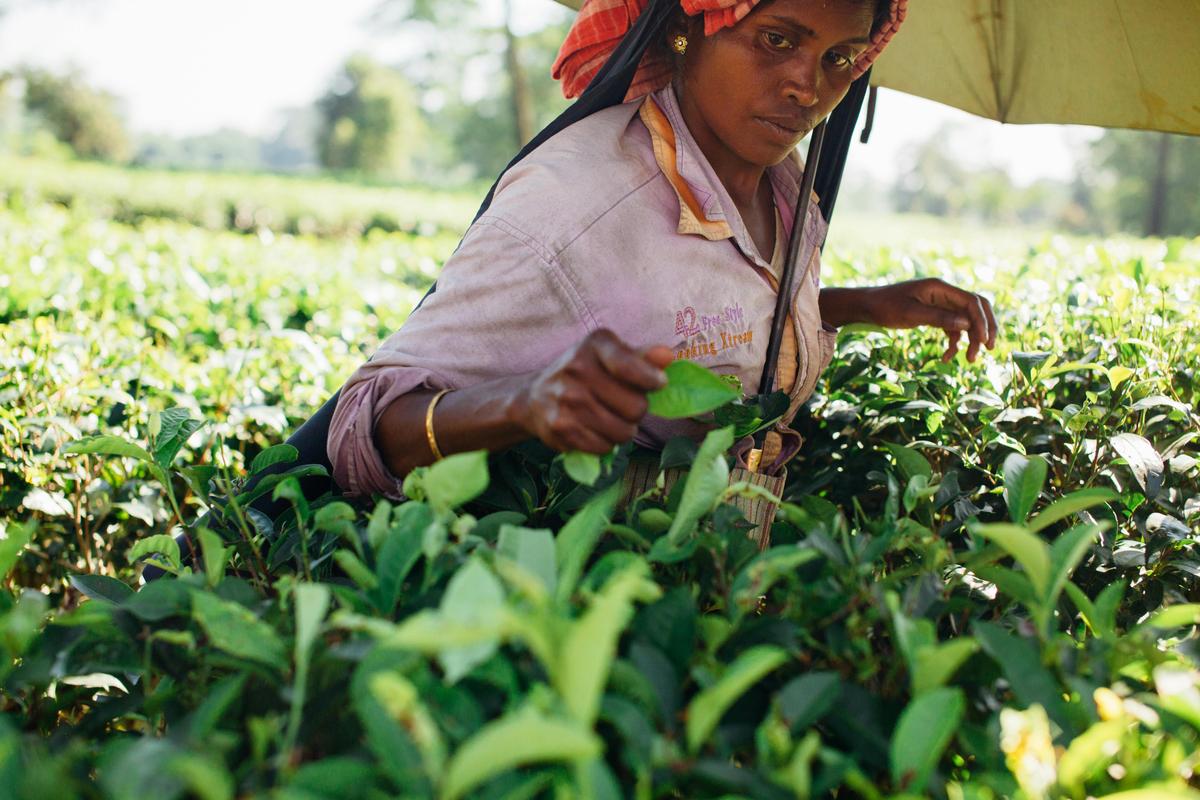Understanding Genetically Modified Food: What It Is and How It’s Made
Genetically modified organisms (GMOs) have sparked a lot of debate, with some people praising their benefits and others expressing concerns. But when we take a closer look at the science and real-world uses, we see that GMOs can be really helpful in tackling some of the biggest challenges in agriculture.
GMO technology allows us to add desirable traits to crops, like resistance to pests, diseases, and tough environmental conditions. This has made a real difference in farmers’ lives. For example, the GMO Rainbow papaya, designed to fight off the harmful ringspot virus, has been a game-changer for the Hawaiian papaya industry, helping growers keep their yields and livelihoods. In the same way, insect-resistant Bt crops have allowed farmers to cut down on chemical pesticides by as much as 80%, creating a healthier ecosystem with more beneficial insects.
GMOs aren’t just for farmers - they’ve also been developed with consumers in mind. Healthier oils from GMO soybeans and apples that don’t turn brown are just a couple of examples of how this technology can directly improve people’s diets and health. Plus, there are global efforts to use GMOs to boost the nutritional value and resilience of staple crops in developing countries, addressing food security and malnutrition.
While the debate on GMOs will keep going, the evidence shows that this technology, when used responsibly, can be a powerful tool in tackling some of the biggest challenges in agriculture and the environment. As we figure out how to feed a growing global population, GMOs could play a key role in creating a more sustainable and food-secure future. 1 2
Health Implications of Genetically Modified Food: Benefits and Risks
The debate about genetically modified (GM) foods has always been a hot topic, with supporters praising their potential benefits and critics raising concerns about their risks. Let’s dig into this complicated issue and look at how GM foods can affect our health.
One big advantage of GM foods is that they are tougher. According to a report from Medical News Today, GM crops can resist plant viruses, pesky insects, and tough environmental conditions better. This means less wasted crops and food, leading to a more reliable and sustainable food supply.
Additionally, GM technology has the potential to make our food more nutritious. A report from HealthyChildren.org talks about how GM techniques can boost the nutrient content of certain foods, like golden rice with more vitamin A. This could be a game-changer in fighting nutrient deficiencies, especially in places where access to healthy foods is limited.
But we need to consider the possible risks of GM foods too. While a clinical report says that the new genes in GM crops don’t pose unique health risks, it’s important to look at the health effects of the herbicides used, like glyphosate.
Glyphosate residues on GM crops can be worrying, so it might be a good idea for places like schools and hospitals for kids to avoid serving GM foods when other options are available and affordable. This shows why ongoing research is crucial to fully understand the long-term health effects of eating GM foods, including any possible links to cancer.
As we navigate the world of GM foods, it’s clear that we need to take a balanced and thoughtful approach. By looking at the evidence, weighing the pros and cons, and supporting more research, we can make informed choices that prioritize the health of people and the environment. 3 4
 Photo by Engin Akyurt on Pexels
Photo by Engin Akyurt on Pexels
Environmental Impact of Genetically Modified Food: A Comprehensive Analysis
The environmental benefits of genetically modified (GM) crops are undeniable. In the last twenty years, using this cool technology has led to big reductions in pesticide use and greenhouse gas emissions, making it a strong ally in the fight against harming the environment.
Studies show that GM insect-resistant and herbicide-tolerant crops have cut down on pesticide spraying by a huge 671.4 million kilograms since 1996. This awesome achievement has improved the environmental impact of pesticide use by 18.4%, as measured by the Environmental Impact Quotient (EIQ). Farmers have been able to switch to more sustainable farming practices, like reduced or no-tillage systems, making the positive impact even bigger. Just in 2016, using GM crops was like taking 16.7 million cars off the roads in terms of reducing greenhouse gas emissions.
Overall, the adoption of GM crops has led to a 251,390 million kilogram decrease in carbon dioxide emissions since 1996 - a remarkable feat like taking 14.9 million cars off the road for a year. This big contribution to carbon sequestration shows how important GM technology is in fighting climate change.
Even though there have been some challenges with weed resistance to glyphosate, the overall environmental benefits of GM crops are clear. The data clearly shows that this cool technology is a powerful tool in the fight against harming the environment, giving us a peek into a more sustainable future.
- GM crops have cut down on pesticide spraying by 671.4 million kg since 1996
- Using GM crops has reduced the environmental impact of pesticides by 18.4%
- GM crops have helped shift to more sustainable farming practices
- The total reduction in carbon dioxide emissions is 251,390 million kg since 1996
- Despite weed resistance issues, GM crops keep bringing net environmental gains 5 6
Future of Genetically Modified Food: Innovations and Ethical Considerations
A recent study by the Netherlands Organisation for Scientific Research (NWO) sheds light on this critical issue. The ERGO program, a comprehensive ecological research initiative, has been meticulously examining the consequences of introducing genetically modified animals, plants, and organisms into the environment. The findings are both thought-provoking and sobering.
Genetic modifications can produce species that are more dominant and resilient than their natural counterparts. While this may seem advantageous from a productivity standpoint, it also raises concerns about the potential for existing species to be overrun. The intricate web of life that sustains our planet’s biodiversity is at risk of unraveling, as these modified organisms disrupt the delicate equilibrium.
Imagine a future where a single genetically enhanced crop monopolizes vast swaths of farmland, crowding out the diverse array of plants that once thrived there. The ramifications would be far-reaching, impacting not only the flora but the entire ecosystem that depends on it – from the insects that pollinate the flowers to the birds that feed on the insects. The cascading effects could be devastating, potentially leading to the extinction of countless species.
As we navigate the exciting possibilities of genetic modification, we must also pause and consider the ethical implications. The responsibility to safeguard our planet’s biodiversity rests squarely on our shoulders. By striking a careful balance between innovation and environmental stewardship, we can harness the power of science while preserving the natural wonders that make our world so vibrant and alive. 7
 Photo by Rdne Stock Project on Pexels
Photo by Rdne Stock Project on Pexels
References
-
“How Gmo Crops Impact Our World” - www.fda.gov ↩
-
“Gmos And Environment” - www.fda.gov ↩
-
“Gmo Based Foods And Childrens Health Aap Examines Benefits Risks And Unknowns” - www.healthychildren.org ↩
-
“Consequences Of Gmos For Biodiversity” - www.government.nl ↩

 Photo by
Photo by